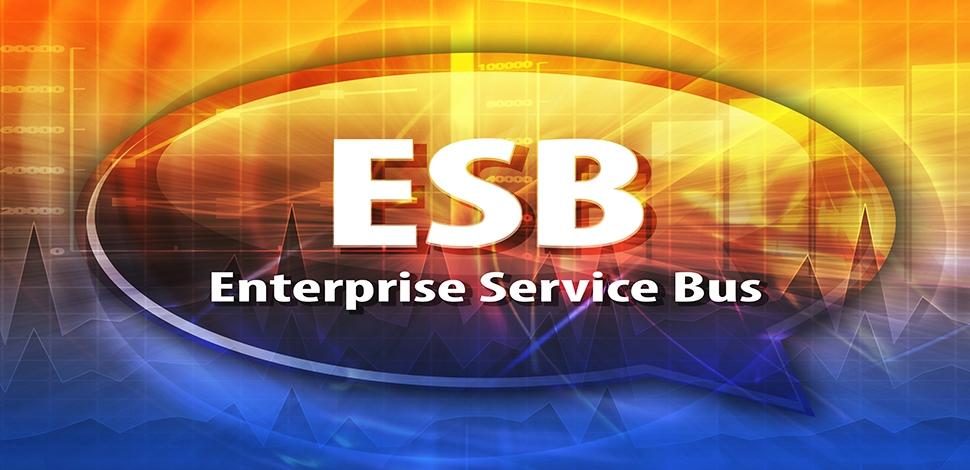ul. Strzegomska 2-4
53-611 Wrocław
NIP 8992786490
KRS 0000608120
REGON 363987723
Global4Net Sp. z o. o.
+48 71 358 41 00
© 2009 – Global4Net. All Rights Reserved.

Mule ESB is a product that enables integration of many applications in a simple and fast way. ESB (Enterprise Service Bus), in other words the Corporate Service Bus, is a solution in which many systems can be dynamically turned on and off in a multi-layered corporate environment. Mule enables data integration in real time or in batch. It has universal connection and integration capabilities with various systems, including JMS, Web Services, JDBC and HTTP. This solution resembles physical data buses in desktops. However, here we are dealing with Anypoint Platform engine based on Java.
In short, this platform enables communication of various applications, operating on the principle of a transit tunnel through which data travels. The exchange can take place inside a closed environment or via the Internet. The ESB conducts integration without sharing information about the physical location of any of the other information services or protocols.
What makes Mule ESB stand out from other products? Data exchange takes place between different formats and protocols. You can direct messages, filter them, collect and change their order based on their content and rules. ESB Mule will accompany every exchange and protect them from message formatting and separate business logic from communication.
Advantages and strengths of Mule ESB are revealed when integrating at least three applications or three integration points. This system turns out to be extremely useful in a situation when we work on very little related elements. Similarly with a constantly growing system or data set.
So if you integrate three or more applications or need to use several communication protocols, then Mule is the product for you. It will handle situations when it is possible to integrate new applications in the future.
These are not the only advantages of Mule. It is a low weight product, which means good adaptation to work on both small and large projects or projects that will develop over time. It fulfills its duties invisibly, regardless of the conditions, type of integration and whether it takes place in a closed environment or on the Internet.
By using Mule ESB you don’t get attached to a specific manufacturer or distributor. You can work in any environment and integrate all applications. Mule is not only a superstructure of an existing application, but an autonomous product with wide flexibility. This means complete freedom in the selection of servers for applications and communication.
Mule’s flexibility allows you to create a design on any framework, even on simple POJO (Plain Old Java Object) solutions. It gives similar freedom in the selection of objects and their formats – from SOAP (Single Object Access Protocol) to binary images. In addition, Mule gives you freedom in choosing the components and programming language. You won’t have to use a specific API because business and communication logic are completely separate.
Mule can be operated in a variety of configurations, not just in ESB. Its biggest advantage is the low weight and the ability to adapt to the project. Thanks to this, you are able to significantly reduce Time to Market, i.e. the time from starting work on the project to entering the product on the market. Mule’s scalability leaves you the option of modifying the project during its duration or replacing components. It adapts to all changes and adjusts in size, if needed.
Therefore, with Mule ESB, you can define process flows according to your own requirements. You can also implement complex logic by writing in Java, Ruby, Groovy, Python or JavaScript. When building systems, we can use SOAP and REST services. In addition, integration with ready-made connectors with databases, JMS servers, FTP network shares or mail servers is possible. The option of unit testing and creating flow documentation in diagrams will certainly help in refining the project.
There are two versions of Mule on the market – Community and Enterprise. The latter has additional options and possibilities ideal for projects with the need for high performance, professional service and technical support. However, both versions are built on the same platforms, so you can upgrade from Community to Enterprise. Mule operates in an Open Source solution, so you bypass license fees, and the range of mechanisms to implement is wide and growing. Mule ESB is a product flexible enough to face both large and small projects.
Write to us




